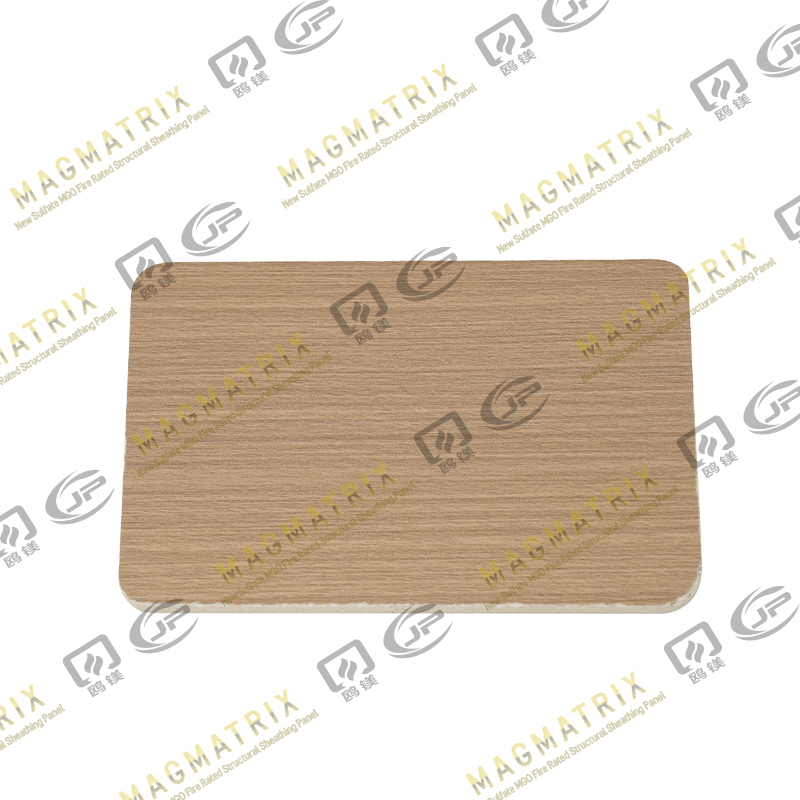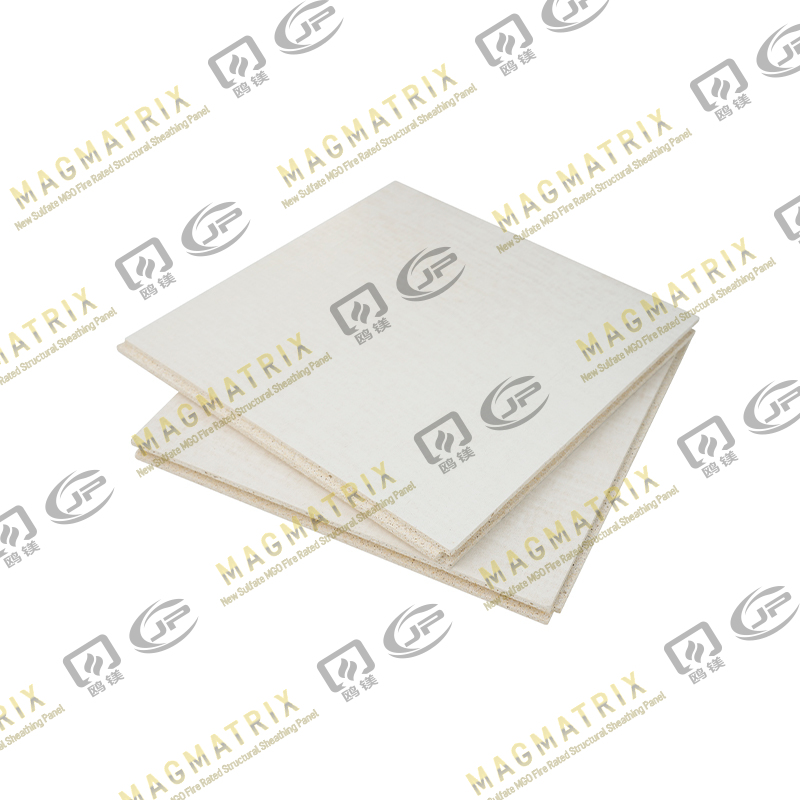
The world of home construction is on the brink of a major transformation, and at the heart of this revolution are MGO structural subfloor sheathing panels. Designed to address the ever-evolving demands for durability, efficiency, and sustainability, these innovative panels are not just a trend but a game-changer for builders and homeowners alike. Gone are the days of worrying about moisture damage and warping—MGO panels offer unparalleled resistance to the elements, ensuring a solid foundation for any structure.
As the construction industry shifts towards greener practices, MGO panels stand out for their environmentally friendly properties, contributing to a safer planet without compromising on quality. In this article, we will explore the myriad benefits of integrating MGO structural subfloor sheathing panels into your building projects, showcasing why they are quickly becoming the preferred choice for a modern, resilient home. Join us as we delve into this exciting advancement and discover how it can elevate your construction endeavors.
What is MGO (Magnesium Oxide) and its Composition?
Magnesium oxide, commonly referred to as MGO, is a versatile mineral compound composed of magnesium and oxygen. This naturally occurring material has been utilized in various industries for centuries due to its impressive properties. In the realm of construction, MGO is gaining significant attention for its application in structural subfloor sheathing panels. These panels are engineered by combining magnesium oxide with other components such as magnesium sulfate, perlite, and wood fibers to create a robust, fire-resistant, and environmentally friendly building material.
The unique composition of MGO panels is what sets them apart from traditional construction materials like plywood or OSB (oriented strand board). The integration of magnesium oxide with reinforcing fibers results in a lightweight yet incredibly strong panel that can withstand harsh environmental conditions. The manufacturing process involves casting the mixture into molds and allowing it to cure, forming a solid, durable product that can be used in various construction applications. This innovative approach not only enhances the performance of the panels but also ensures consistency in quality and strength.
One of the key advantages of MGO panels lies in their non-toxic and non-combustible nature. Unlike conventional materials that may release harmful chemicals or contribute to fire hazards, MGO panels provide a safer and more sustainable alternative. Their composition is free from volatile organic compounds (VOCs) and other harmful substances, making them an ideal choice for eco-conscious builders and homeowners. As we delve deeper into the benefits of MGO structural subfloor sheathing panels, it becomes evident that their composition plays a crucial role in revolutionizing modern construction practices.
Advantages of MGO Structural Panels Over Traditional Materials
When comparing MGO structural panels to traditional materials such as plywood and OSB, the benefits become strikingly clear. One of the most significant advantages of MGO panels is their exceptional resistance to moisture and mold. Traditional wood-based panels are prone to absorbing water, leading to swelling, warping, and eventual deterioration. MGO panels, on the other hand, are inherently water-resistant, making them ideal for use in areas with high humidity or frequent exposure to water. This moisture resistance not only prolongs the lifespan of the panels but also ensures the structural integrity of the building.
Another notable advantage of MGO panels is their superior fire resistance. Traditional materials such as plywood and OSB can contribute to the spread of fire, posing a significant risk in the event of a fire outbreak. MGO panels, being non-combustible, provide an added layer of safety by preventing the spread of flames. Their fire-resistant properties make them an excellent choice for both residential and commercial buildings, where safety is a top priority. Additionally, the use of MGO panels can lead to lower insurance premiums due to their enhanced fire safety features.
In terms of strength and durability, MGO panels outperform traditional materials by a significant margin. The combination of magnesium oxide with reinforcing fibers results in a panel that is not only strong but also lightweight. This increased strength allows for greater load-bearing capacity and structural stability, making MGO panels suitable for a wide range of construction applications. Furthermore, the lightweight nature of MGO panels simplifies the installation process, reducing labor costs and time. The combination of these advantages makes MGO structural subfloor sheathing panels a superior choice for modern construction projects.
Durability and Longevity of MGO Sheathing
Durability and longevity are critical factors to consider when selecting materials for construction projects, and MGO sheathing excels in both areas. One of the primary reasons for the durability of MGO panels is their resistance to environmental factors. Unlike traditional materials that can degrade over time due to exposure to moisture, pests, and temperature fluctuations, MGO panels maintain their integrity under various conditions. This resilience makes them particularly suitable for use in regions with extreme weather, where traditional materials might falter.
The longevity of MGO panels is further enhanced by their resistance to biological threats such as mold, mildew, and termites. These issues can significantly compromise the structural integrity of a building, leading to costly repairs and maintenance. MGO panels, however, are impermeable to these threats, ensuring that the structure remains sound and stable over time. This resistance to biological degradation reduces the need for frequent replacements and repairs, contributing to the long-term cost-effectiveness of the building.
In addition to their environmental and biological resistance, MGO panels also possess excellent impact resistance. This makes them an ideal choice for areas prone to physical damage, whether from natural disasters or human activity. The robust nature of MGO panels ensures that they can withstand significant force without compromising their structural integrity. This durability translates to a longer lifespan for the panels, providing builders and homeowners with a reliable and long-lasting construction solution. The combination of these factors highlights the superior durability and longevity of MGO sheathing, making it a valuable addition to any construction project.
Environmental Benefits of Using MGO Panels
In today's construction industry, there is a growing emphasis on sustainability and reducing the environmental impact of building materials. MGO panels stand out as an eco-friendly option due to their low carbon footprint and sustainable manufacturing process. The production of MGO panels involves the use of natural minerals and recycled materials, which significantly reduces the reliance on non-renewable resources. Additionally, the manufacturing process requires less energy compared to traditional materials, further minimizing the environmental impact.
One of the most compelling environmental benefits of MGO panels is their contribution to indoor air quality. Traditional construction materials often contain harmful chemicals and VOCs that can off-gas over time, negatively affecting indoor air quality and posing health risks to occupants. In contrast, MGO panels are free from these harmful substances, making them a healthier choice for building interiors. Their non-toxic composition ensures that they do not release any hazardous emissions, promoting a safer and healthier living environment.
Furthermore, MGO panels are fully recyclable at the end of their lifecycle, reducing waste and contributing to a circular economy. Traditional materials such as plywood and OSB often end up in landfills, where they can take years to decompose and release harmful substances into the environment. MGO panels, however, can be repurposed or recycled, minimizing their environmental footprint and contributing to more sustainable construction practices. The combination of these environmental benefits makes MGO panels an excellent choice for builders and homeowners looking to reduce their ecological impact while maintaining high standards of quality and performance.
Cost-Effectiveness of MGO Subfloor Solutions
Cost is a critical consideration in any construction project, and MGO subfloor solutions offer significant cost advantages over traditional materials. While the initial cost of MGO panels may be slightly higher than that of plywood or OSB, the long-term savings they provide make them a cost-effective choice. One of the primary ways MGO panels contribute to cost savings is through their durability and low maintenance requirements. Their resistance to moisture, mold, and pests means that they require fewer repairs and replacements over time, reducing ongoing maintenance costs.
The ease of installation of MGO panels also contributes to their cost-effectiveness. The lightweight nature of the panels makes them easier to handle and install, reducing labor costs and installation time. This efficiency not only lowers the overall construction costs but also accelerates project timelines, allowing builders to complete projects more quickly and efficiently. The reduced labor and time requirements associated with MGO panels can result in significant savings, particularly for large-scale construction projects.
Additionally, the enhanced performance of MGO panels can lead to lower insurance premiums. Their fire-resistant properties and structural stability provide added safety and protection, which can be attractive to insurance providers. This can result in lower insurance costs for buildings constructed with MGO panels, further contributing to their overall cost-effectiveness. When considering the long-term savings and benefits, it becomes clear that MGO subfloor solutions offer a financially advantageous option for modern construction projects.
Installation Process and Best Practices
Installing MGO structural subfloor sheathing panels is a straightforward process that can be easily integrated into standard construction practices. However, there are certain best practices that should be followed to ensure optimal performance and longevity. Before installation, it is important to properly prepare the subfloor surface. This involves cleaning the area to remove any debris, dust, or moisture that could affect the adhesion and performance of the panels. Ensuring a clean and dry surface is crucial for achieving a strong and stable installation.
Once the surface is prepared, the MGO panels can be measured and cut to fit the specific dimensions of the subfloor. It is important to use appropriate tools and techniques to achieve clean and precise cuts, as this will ensure a tight and secure fit. When positioning the panels, it is recommended to leave a small gap between the edges to allow for expansion and contraction due to temperature and humidity changes. This will prevent buckling and ensure the long-term stability of the subfloor.
Securing the MGO panels to the subfloor involves using appropriate fasteners and adhesives. It is important to follow the manufacturer's recommendations for the type and spacing of fasteners to ensure a secure and stable installation. Additionally, using a high-quality adhesive can further enhance the bond between the panels and the subfloor, providing additional strength and stability. By following these best practices, builders can ensure a successful installation of MGO structural subfloor sheathing panels, maximizing their performance and longevity.
MGO Panels in Different Climate Conditions
One of the standout features of MGO structural subfloor sheathing panels is their ability to perform well in a variety of climate conditions. Whether it's extreme heat, cold, humidity, or aridity, MGO panels maintain their structural integrity and performance, making them a versatile choice for construction projects in diverse environments. In regions with high humidity or frequent rainfall, the water-resistant properties of MGO panels ensure that they do not absorb moisture, swell, or warp, maintaining a stable and reliable subfloor.
In colder climates, MGO panels offer excellent thermal insulation properties, helping to maintain a comfortable indoor environment and reducing energy costs associated with heating. Their resistance to freeze-thaw cycles prevents cracking and degradation, ensuring that the panels remain durable and effective even in harsh winter conditions. This makes MGO panels an ideal choice for construction projects in areas with significant temperature fluctuations, where traditional materials might struggle to perform.
In hot and arid climates, the fire-resistant properties of MGO panels provide an added layer of safety and protection. The non-combustible nature of the panels helps to prevent the spread of fire, making them a safer option for regions prone to wildfires. Additionally, the panels' resistance to UV radiation ensures that they do not degrade or lose their structural integrity over time, even when exposed to intense sunlight. The versatility and resilience of MGO panels in different climate conditions highlight their suitability for a wide range of construction projects, providing builders and homeowners with a reliable and durable solution.
Case Studies: Successful MGO Panel Applications
To illustrate the effectiveness and versatility of MGO structural subfloor sheathing panels, let's explore a few case studies of successful applications. These real-world examples demonstrate how MGO panels have been utilized in various construction projects, showcasing their benefits and performance in different settings.
Residential Construction in Coastal Areas
In coastal regions, buildings are often subjected to high humidity, saltwater exposure, and strong winds. Traditional wood-based materials can struggle to withstand these harsh conditions, leading to frequent repairs and maintenance. In one residential construction project along the coast, MGO panels were chosen for their moisture resistance and durability. The homeowners were particularly concerned about mold and mildew, which are common issues in coastal areas. By using MGO panels for the subfloor sheathing, the builders were able to provide a stable and moisture-resistant foundation that significantly reduced the risk of mold growth. The homeowners reported fewer maintenance issues and a more comfortable living environment, highlighting the effectiveness of MGO panels in coastal construction.
Commercial Building in a High-Risk Fire Zone
In a region prone to wildfires, a commercial building project required materials that offered superior fire resistance. The developers opted for MGO panels due to their non-combustible properties. During a wildfire event, the building with MGO panels sustained minimal damage compared to neighboring structures made from traditional materials. The fire-resistant properties of the MGO panels helped to prevent the spread of flames and protected the building's structural integrity. This case study underscores the importance of using fire-resistant materials in high-risk areas and demonstrates how MGO panels can enhance safety and reduce potential damage.
School Construction in an Earthquake-Prone Area
In an earthquake-prone region, the construction of a new school required materials that could withstand seismic activity and provide a safe learning environment. The architects and builders chose MGO panels for their strength, flexibility, and impact resistance. The panels' ability to absorb and distribute stress helped to maintain the structural integrity of the building during an earthquake, ensuring the safety of students and staff. The school's construction was completed within budget and on time, thanks to the ease of installation of the MGO panels. This case study highlights the suitability of MGO panels for projects in seismic zones and their contribution to safe and resilient structures.
These case studies provide real-world evidence of the benefits and performance of MGO structural subfloor sheathing panels in various construction scenarios. Whether it's moisture resistance in coastal areas, fire resistance in high-risk zones, or structural stability in earthquake-prone regions, MGO panels have proven their worth as a reliable and versatile building material.
The Future of Home Construction with MGO Sheathing
The construction industry is continuously evolving, driven by the need for more durable, efficient, and sustainable building materials. MGO structural subfloor sheathing panels represent a significant advancement in this evolution, offering a range of benefits that address the challenges faced by modern builders and homeowners. Their superior resistance to moisture, fire, and biological threats, combined with their environmental and cost-saving advantages, make MGO panels a compelling choice for a wide variety of construction projects.
As the industry moves towards greener practices, the environmentally friendly properties of MGO panels position them as a key player in the future of sustainable construction. Their low carbon footprint, non-toxic composition, and recyclability contribute to a more eco-conscious approach to building, aligning with the growing demand for environmentally responsible materials. The durability and longevity of MGO panels further enhance their appeal, providing long-term value and reducing the need for frequent repairs and replacements.
In conclusion, MGO structural subfloor sheathing panels are revolutionizing home construction by offering a high-performance, sustainable, and cost-effective solution. As more builders and homeowners recognize the benefits of MGO panels, their adoption is set to increase, paving the way for a new era of resilient and environmentally friendly construction practices. Embracing this innovative material can elevate construction endeavors, ensuring that structures are not only built to last but also contribute positively to the environment. The future of home construction is here, and it is being shaped by the remarkable potential of MGO structural subfloor sheathing panels.
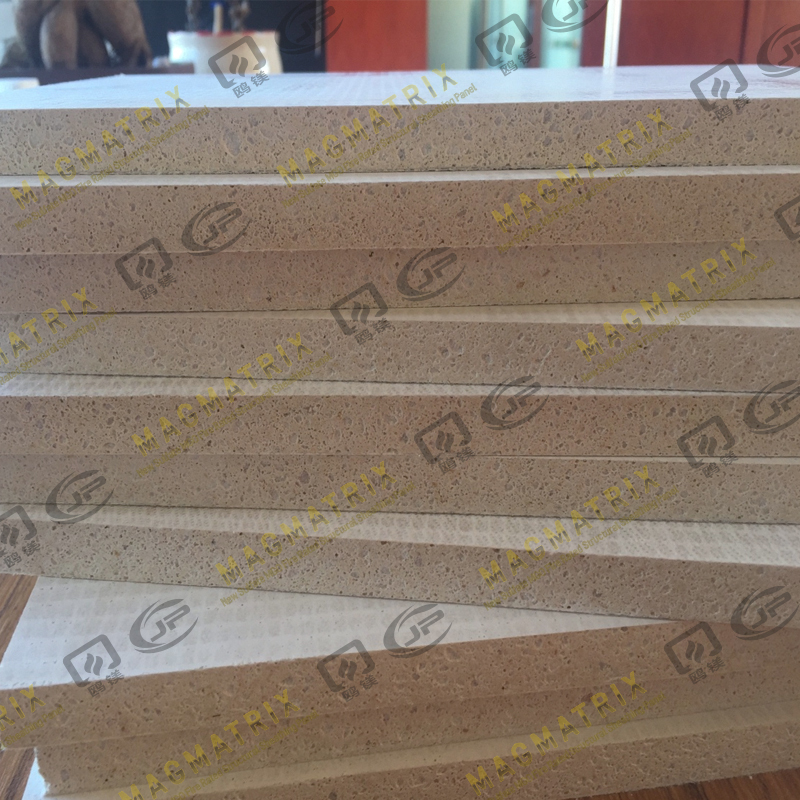 BMSC 517 New Sulfate MgO Board
BMSC 517 New Sulfate MgO Board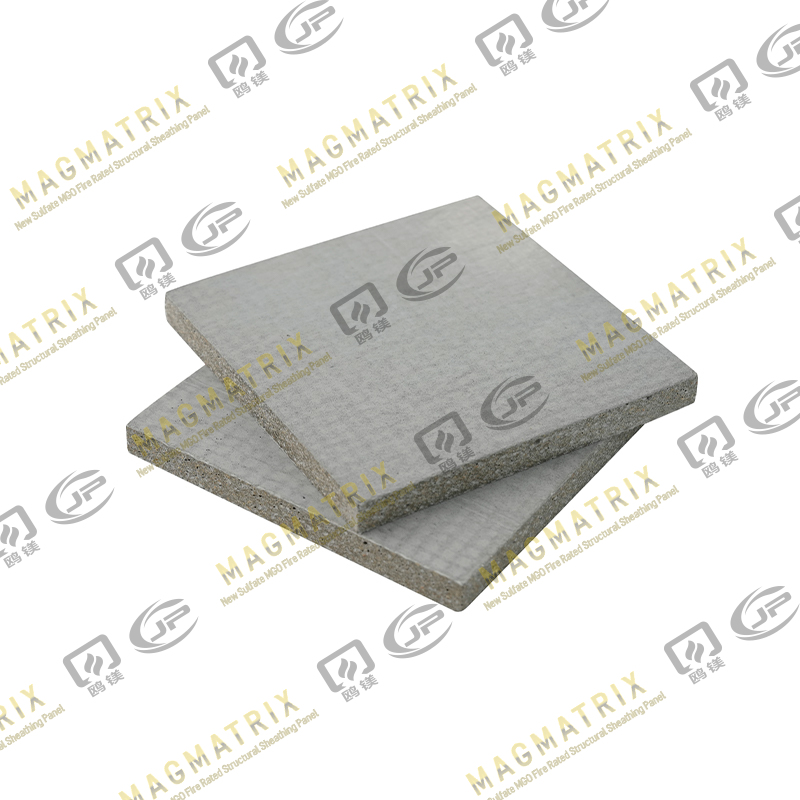 Multi-Support MgO Wall Sheathing Board
Multi-Support MgO Wall Sheathing Board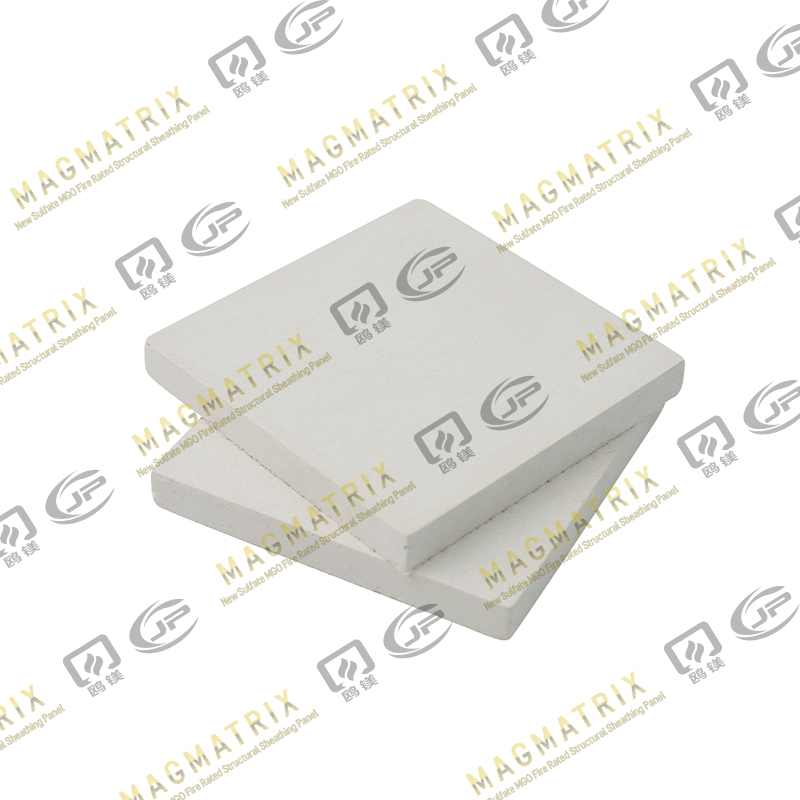 Perseverance MgO Wall Sheathing Board
Perseverance MgO Wall Sheathing Board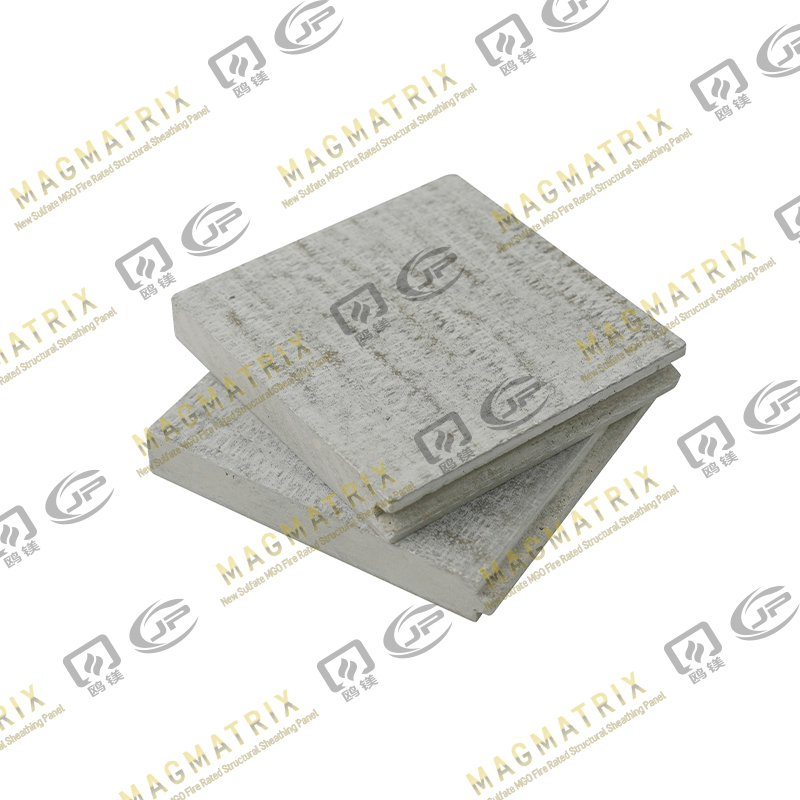 Multi-Support MgO Subfloor Sheathing Board
Multi-Support MgO Subfloor Sheathing Board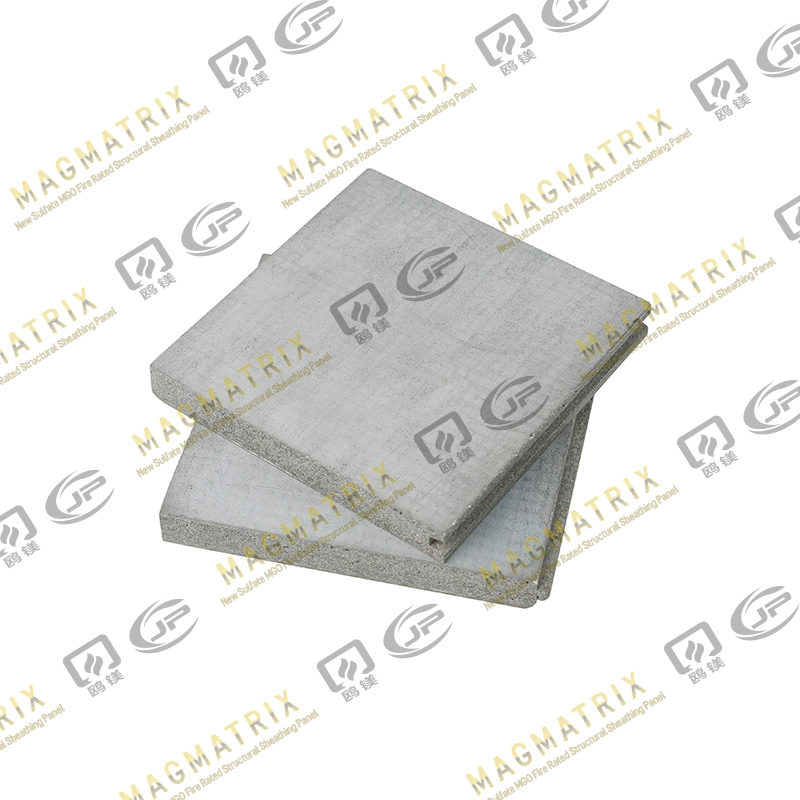 Perseverance MgO Subfloor Sheathing Board
Perseverance MgO Subfloor Sheathing Board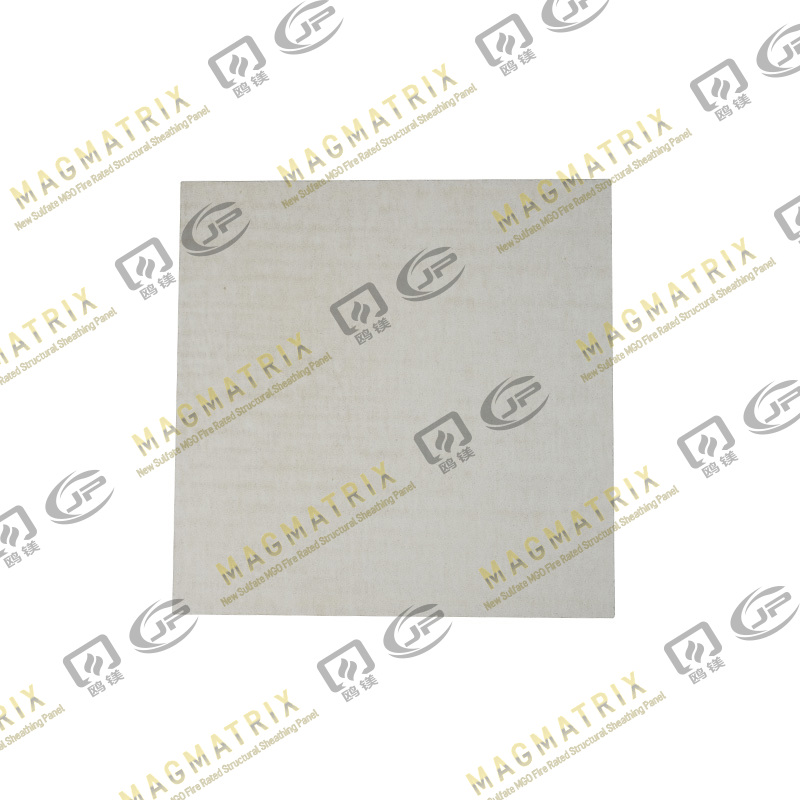 MagMatrix MgO Underlayment Panel/board
MagMatrix MgO Underlayment Panel/board


 English
English русский
русский Español
Español
